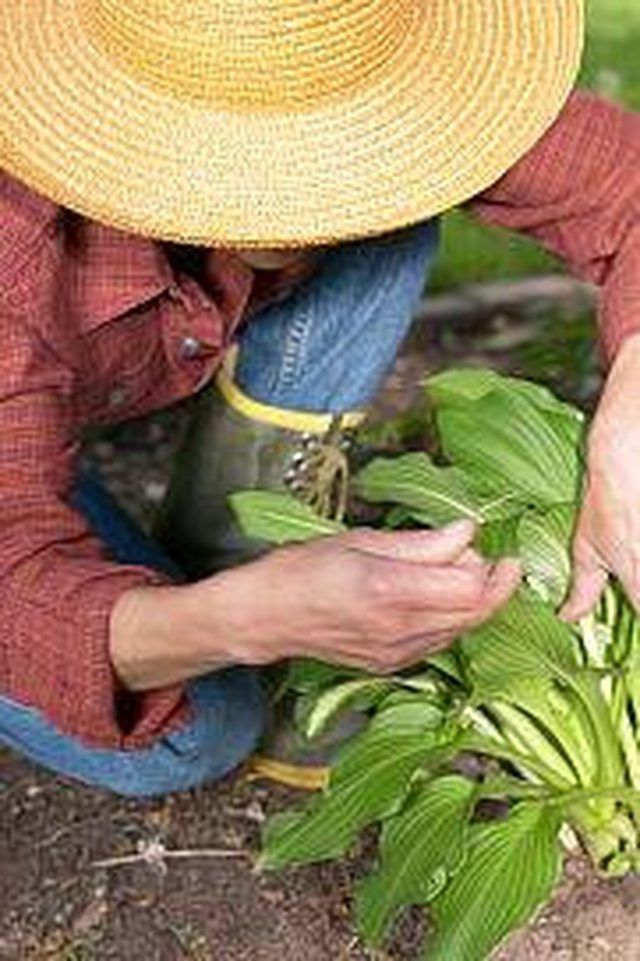Bulbs
Flower Basics
Flower Beds & Specialty Gardens
Flower Garden
Garden Furniture
Garden Gnomes
Garden Seeds
Garden Sheds
Garden Statues
Garden Tools & Supplies
Gardening Basics
Green & Organic
Groundcovers & Vines
Growing Annuals
Growing Basil
Growing Beans
Growing Berries
Growing Blueberries
Growing Cactus
Growing Corn
Growing Cotton
Growing Edibles
Growing Flowers
Growing Garlic
Growing Grapes
Growing Grass
Growing Herbs
Growing Jasmine
Growing Mint
Growing Mushrooms
Orchids
Growing Peanuts
Growing Perennials
Growing Plants
Growing Rosemary
Growing Roses
Growing Strawberries
Growing Sunflowers
Growing Thyme
Growing Tomatoes
Growing Tulips
Growing Vegetables
Herb Basics
Herb Garden
Indoor Growing
Landscaping Basics
Landscaping Patios
Landscaping Plants
Landscaping Shrubs
Landscaping Trees
Landscaping Walks & Pathways
Lawn Basics
Lawn Maintenance
Lawn Mowers
Lawn Ornaments
Lawn Planting
Lawn Tools
Outdoor Growing
Overall Landscape Planning
Pests, Weeds & Problems
Plant Basics
Rock Garden
Rose Garden
Shrubs
Soil
Specialty Gardens
Trees
Vegetable Garden
Yard Maintenance
About Whiteflies
About Whiteflies. Whiteflies are not flies. They belong to the insect order Homoptera, which includes aphids and mealy bugs. Like aphids and mealy bugs, they are a nuisance, because they multiply rapidly and can destroy plants quickly if not controlled. Getting rid of the whiteflies may be a long process that can entail using pesticides. It is...

Whiteflies are not flies. They belong to the insect order Homoptera, which includes aphids and mealy bugs. Like aphids and mealy bugs, they are a nuisance, because they multiply rapidly and can destroy plants quickly if not controlled. Getting rid of the whiteflies may be a long process that can entail using pesticides. It is important to take preventive measures when gardening if you want to keep whiteflies under control.
Identification
Whiteflies are tiny insects that coat their bodies with a white substance; hence the name. They destroy plants in two ways. They take the juice from the plants, causing them to wilt or die; and they also secrete a sticky substance that attracts mold. These molds grow on the leaf surface, blocking the sunlight.
Types
There are 10 fairly common varieties of whiteflies: Greenhouse, Silverleaf , Ash, Banded Winged, Iris, Woolly, Mulberry, Giant, Citrus, and Crown. Whiteflies multiply rapidly. In some areas, such as California, they breed all year by laying their eggs on the underside of the plant.
Time Frame
After the adults lay their eggs, the eggs hatch into small flies in 4 to 12 days. They then go through four stages, called instar nymph stages. The first stage is the crawler stage, and is hard to see with the human eye. The crawlers move around for a few hours and then become still. They continue to go through the second, third and fourth instar nymph stages until they become adult. In each stage, the fly continues to suck nutrients from the plant's leaves.
Prevention/Solution
Whiteflies are difficult to get rid of, because they multiply so rapidly. Some natural prevention methods are effective. Plant marigolds, Calendula and nasturtiums around your susceptible plants. These are repellent plants. Use a seaweed spray and mist your plants in the spring or before you bring them into the house. To rid your plants of whiteflies, you can vacuum the flies, use insecticidal soap or (for extreme outbreaks) use Pyrethrum, which is a botanical poison.
Potential
Even if you treat the whiteflies, they will probably return. It's difficult to eliminate all the whiteflies, because they can crawl into many crevices and hiding spaces within the plant. You may want to consider Orthen Fogger or Bifen Fogger. The fogger will get into the areas that other remedies cannot.